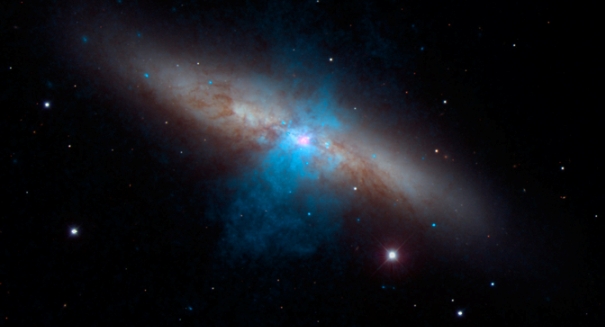
The universe was dark for nearly 100 million years longer than believed.
The European Space Agency’s Planck telescope recently discovered that the first stars to live in our solar system, may be over 100m years younger than previously estimated, causing stargazers everywhere to question the twinkling balls of gas even more than normal.
Researches found through data on the telescope that these stars were formed 550m years after the Big Bang started the universe. Previously, the universe had no natural light, and now it seems that the universe was darker for nearly 100m years longer.
The telescope, Planck, was first launched in 2009. Its mission was to study and gather data from the “cosmic microwave background.” This is also known as the residual leftovers of the Big Bang. The telescope boasts unprecedented accuracy to discover these findings. Dr. Bacigalupi, who works with Planck’s data everyday says, “According to Planck’s observations, stars may be younger than believed, in bearing with other independent astrophysical indicators, and this finding may have major consequences on our attempts to understand the dark components of the universe.”
What are the dark components, an innocent stargazer may ask? These are the invisible dark matter and dark energy which remain largely a mystery to even the boldest astronomers. Scientists are still hopeful to learn more about the stars and other findings surrounding the big bang, as there is still more data to be collected from telescope Planck.
These new findings are impactful to the scientific world but hopefully for many people who are simply “wishing on stars”, the age of the star won’t affect the validity of a wish.
Leave a Reply